ENGLISH VERSION (click here!)
During our stay in Argentina, we had a pending task: to go to a place where we could see some of the gaucho folklore. And although the Mataderos Fair, located in Av. de los Corrales intersection with Av. Lisandro de la Torre in the Autonomous City of Buenos Aires offered us a window, we know it is not everything regarding the rich provincial culture of this beautiful country. That said, we went to share a huge portion of the regional handicrafts and dances on Easter Sunday with a friendly couple who had invited us to see inside the city, a glimpse of such customs and cultural talents. The agreed time was 12:30 p.m. when the activity in the neighborhood of Mataderos turned into a gaucho party with all the usual details. The streets swarmed with people eager to enjoy a piece of rural Argentina and a stage in the middle of the square of the Gaucho Rasero, was the central showcase for several folk music groups and dancers from different regions of the provinces. The two avenues that converge in the square are closed to vehicular traffic, in order to allow rural artisans to set up fair stalls, to offer their different handicrafts and delicious homemade delicacies to the observing passers-by.
--- 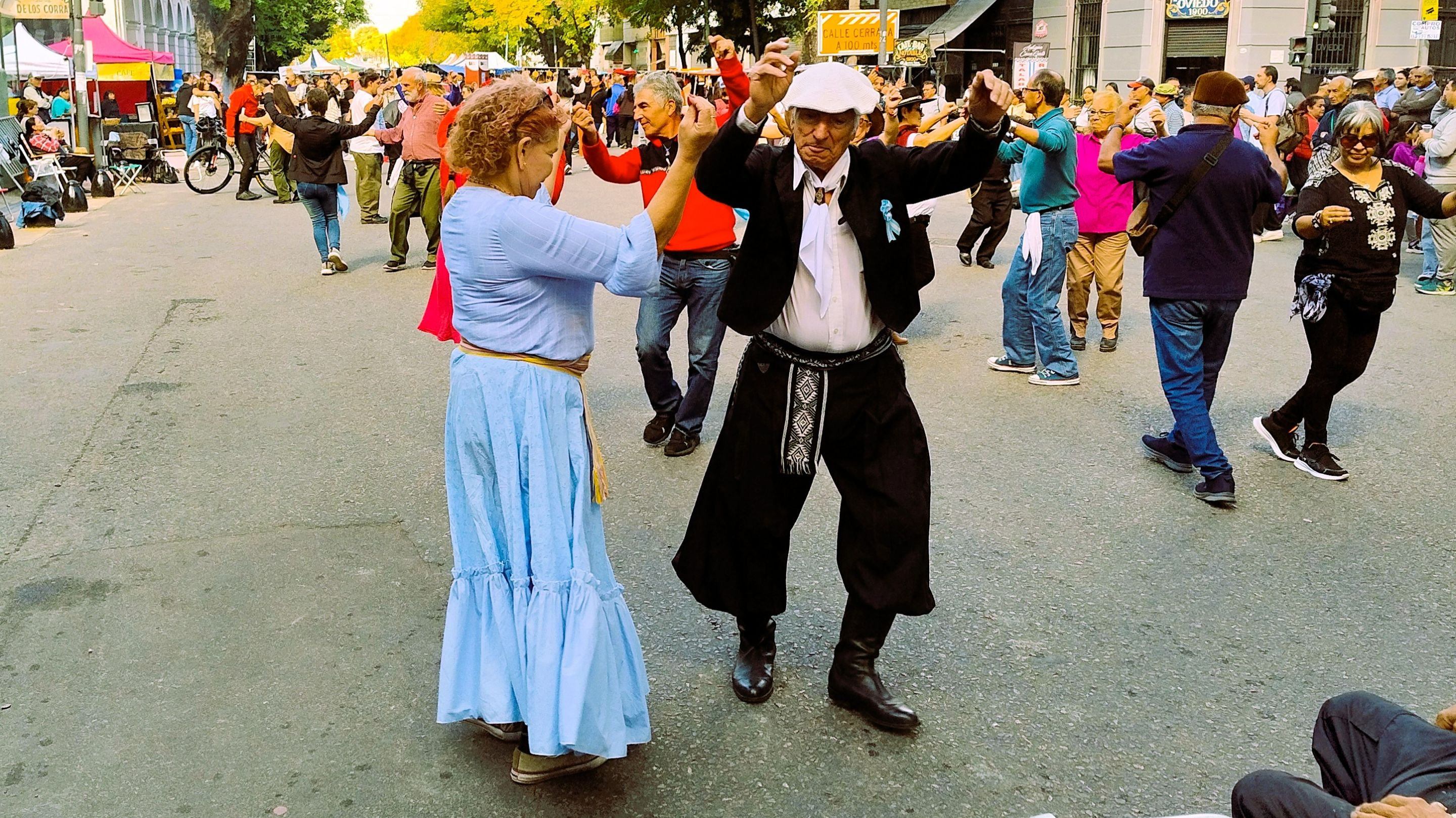 --- https://youtu.be/EyVQValS1pE --- 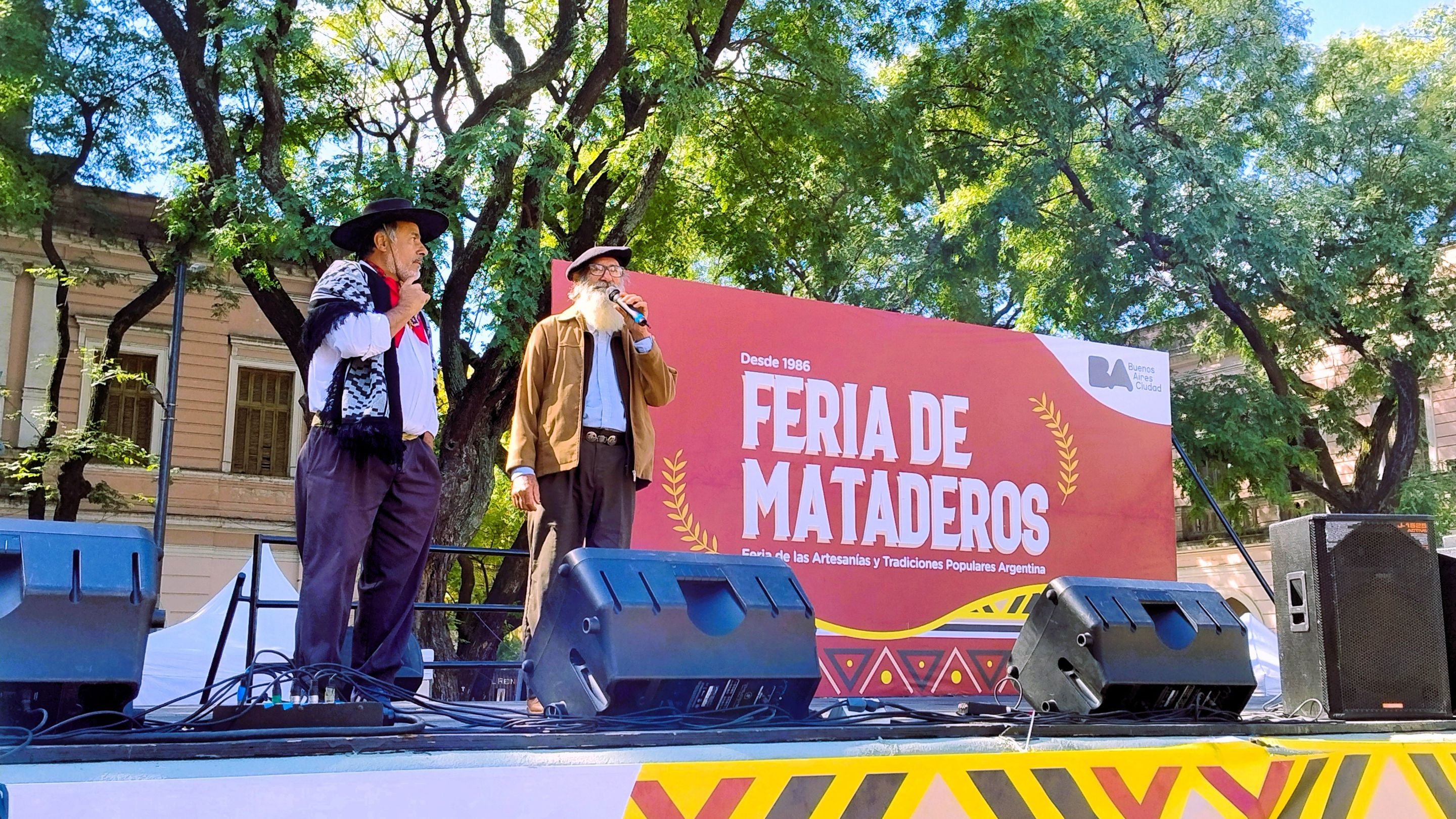 --- 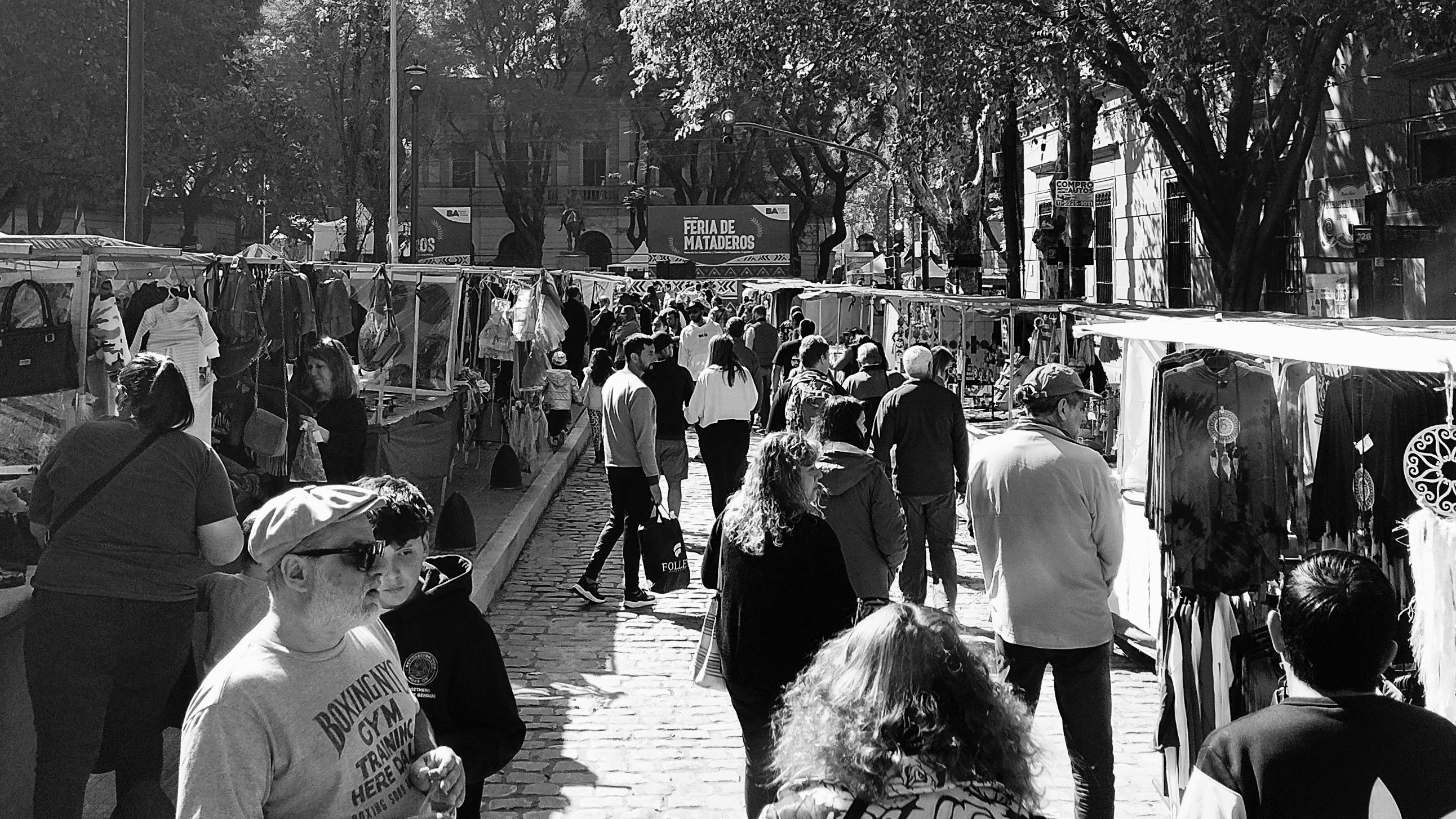 --- 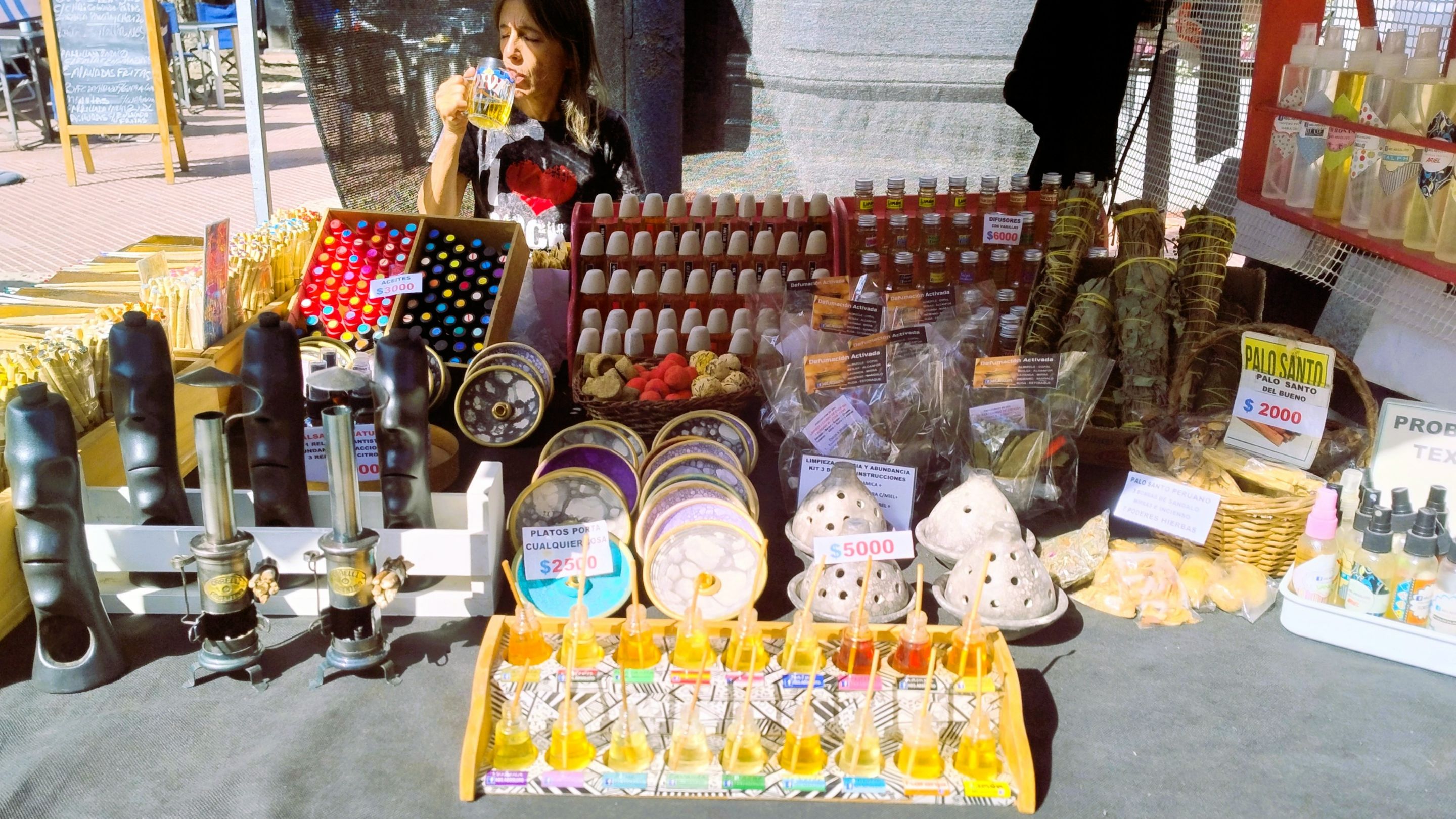 --- 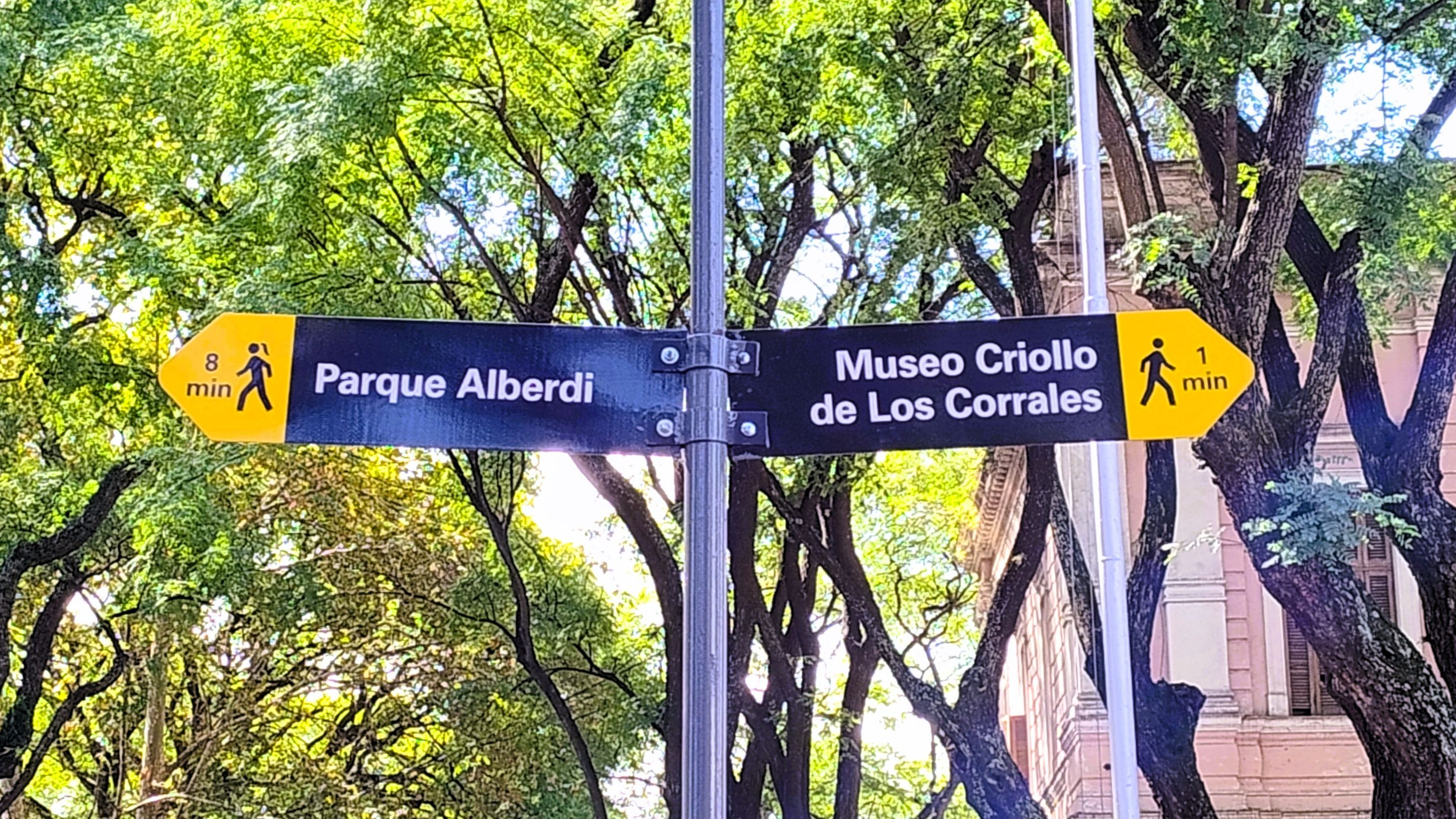 --- 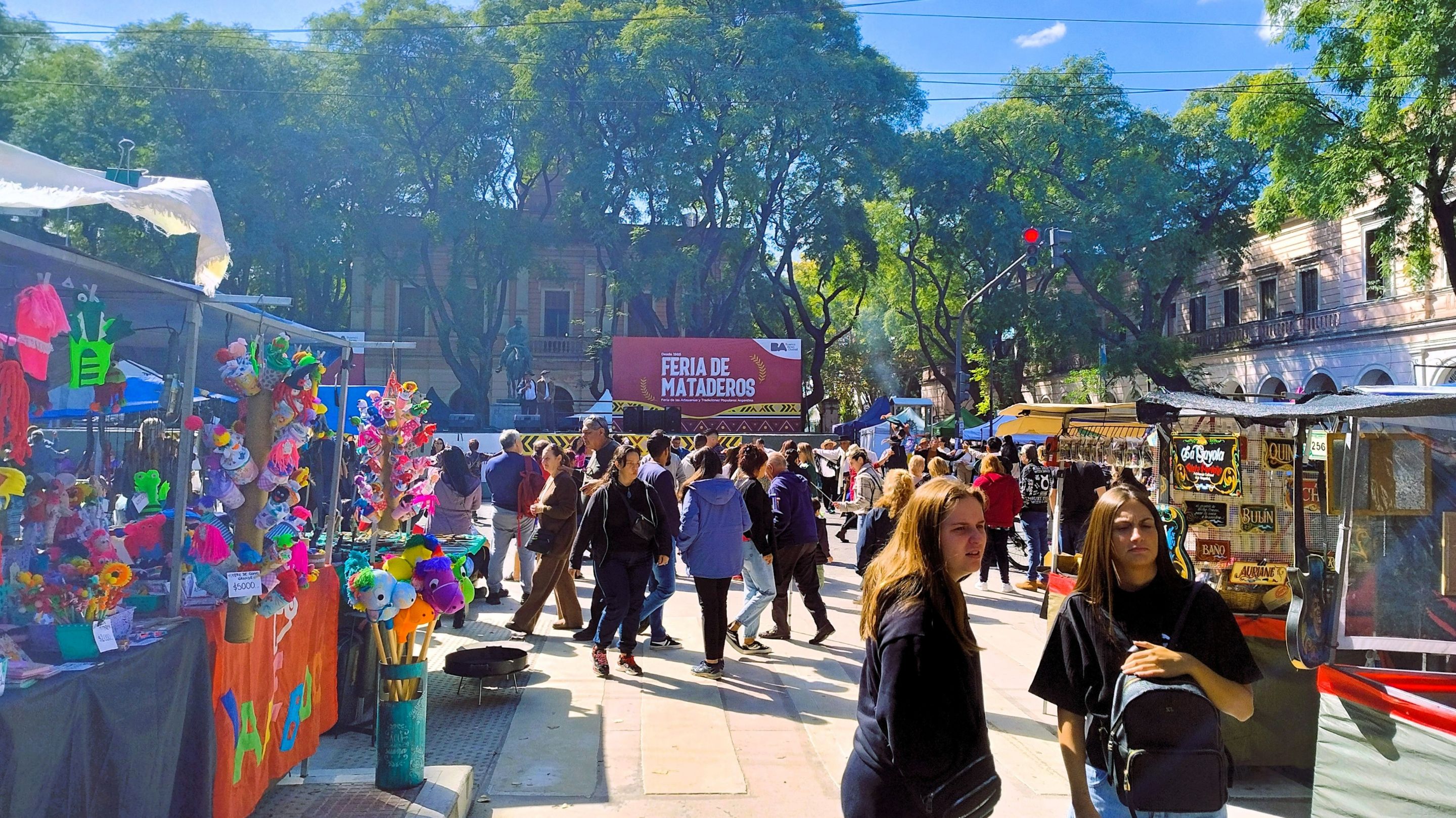 --- 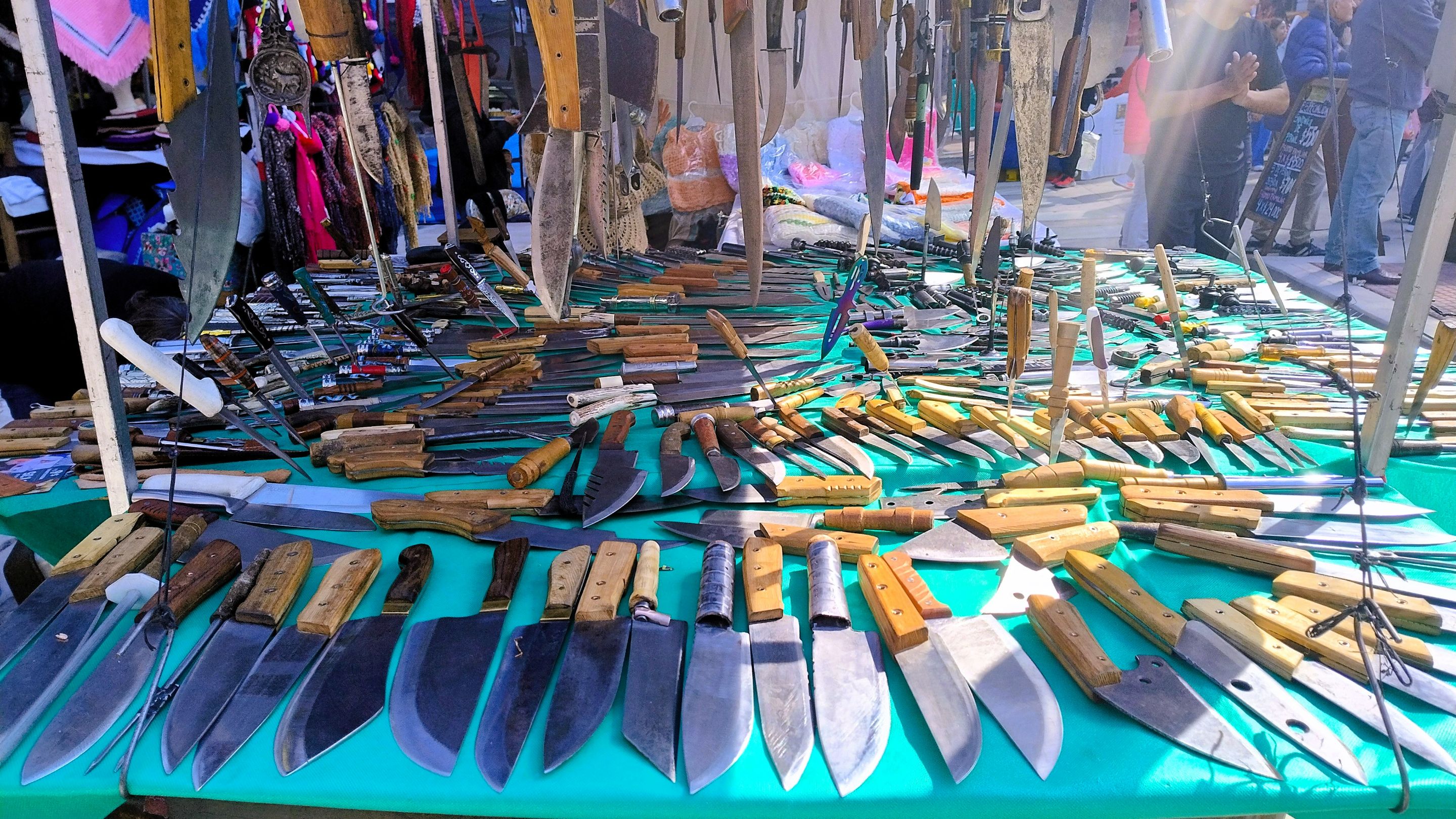 ---  # 
ENGLISH VERSION (click here!)
There are many experiences of yesterday, but if you watch our YouTube video above (@aventurerasbike courtesy), perhaps the folkloric dances are the most striking of all. The audience spontaneously joined the formal dancers to accompany the music and the intricate choreography of each type of dance. And although you would expect a probable monotony within the dances, nothing could be further from the truth, which shows the great richness of the Argentinean provincial culture, as well as the implicit patriotism on foot. It is truly amazing to see how Argentines love their country, given the unconditional involvement in such collective dances, making it clear that it is not only a thing of the dancing corps. The only other time we have seen something similar was in the festivities of San Juan Bautista, in the coasts of Venezuela where drums explode and people spontaneously join in to dance the African rhythms of our ancestors on the other side of the Atlantic. It has been very instructive to see something like this, because we consider that the homeland is lived from its customs and the involvement of societies with them. The different rhythms of the dances, make us glimpse the influences of the Inca and Aymara people in the musical choreographies of the north of the country. Likewise, the German and Italian European influences in the dances of central and southern Argentina. The rhythms in line with the origins of these influences, give a glimpse of an unlimited richness in the gaucho folklore.
--- 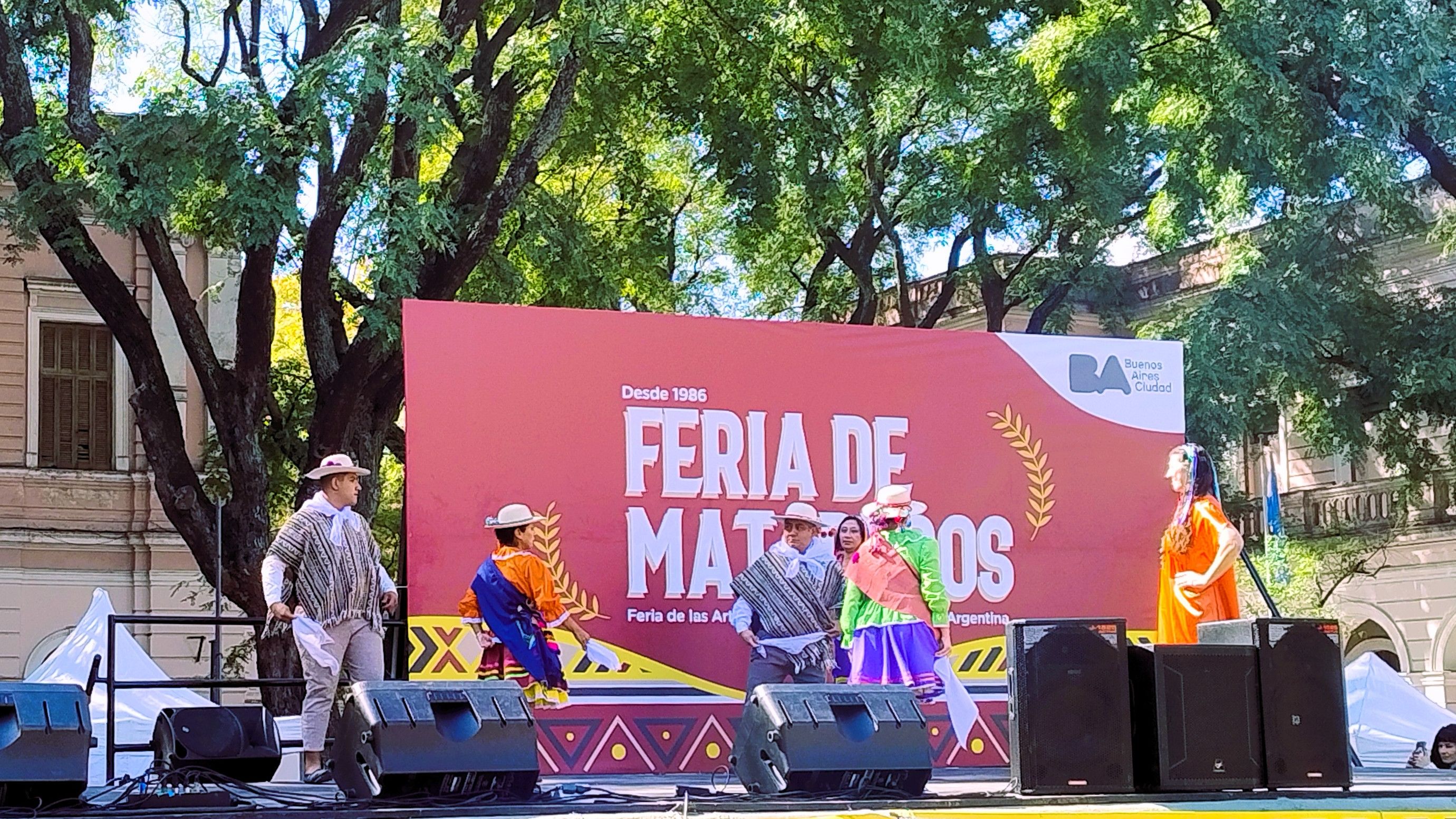 --- 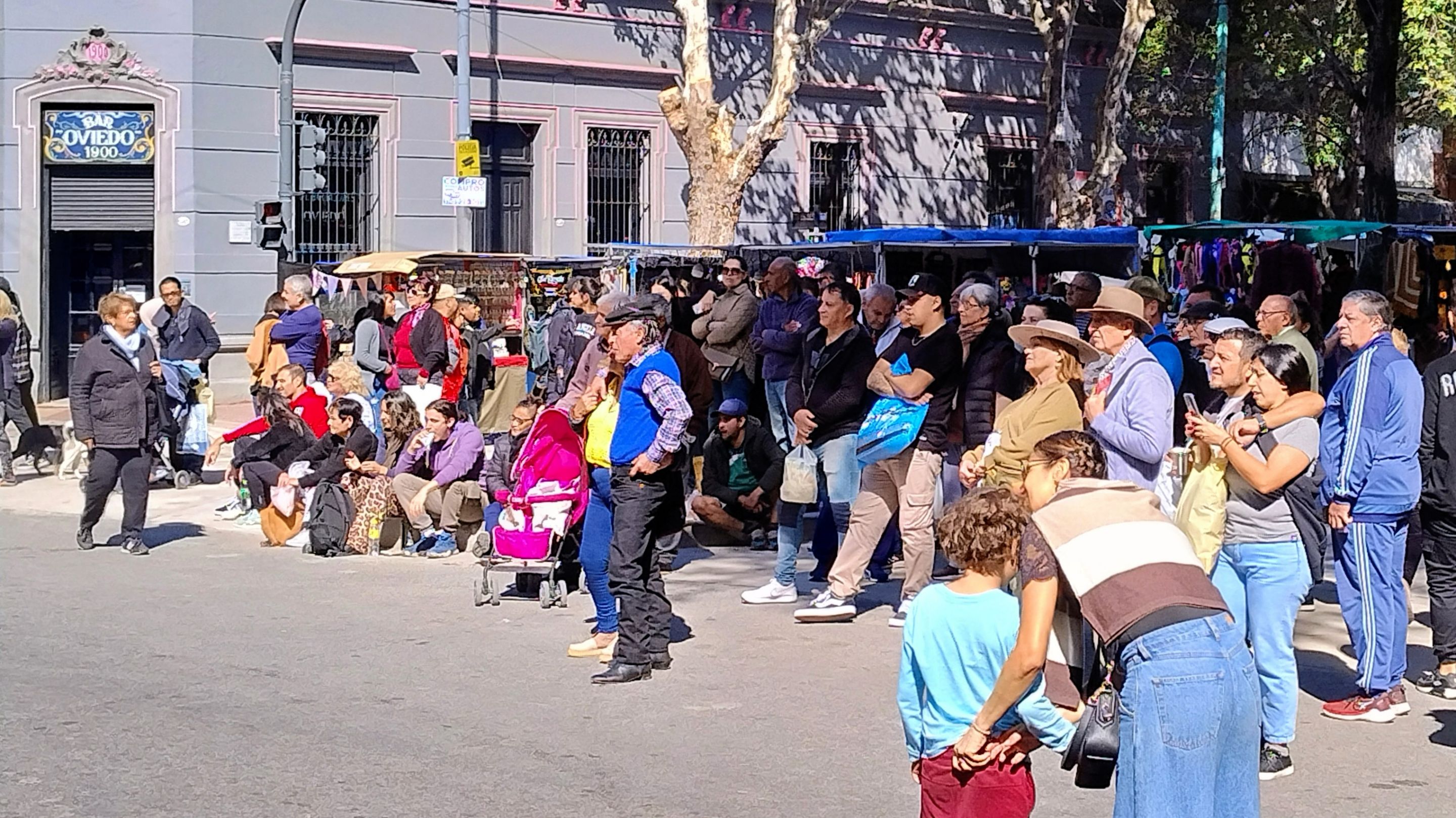 --- 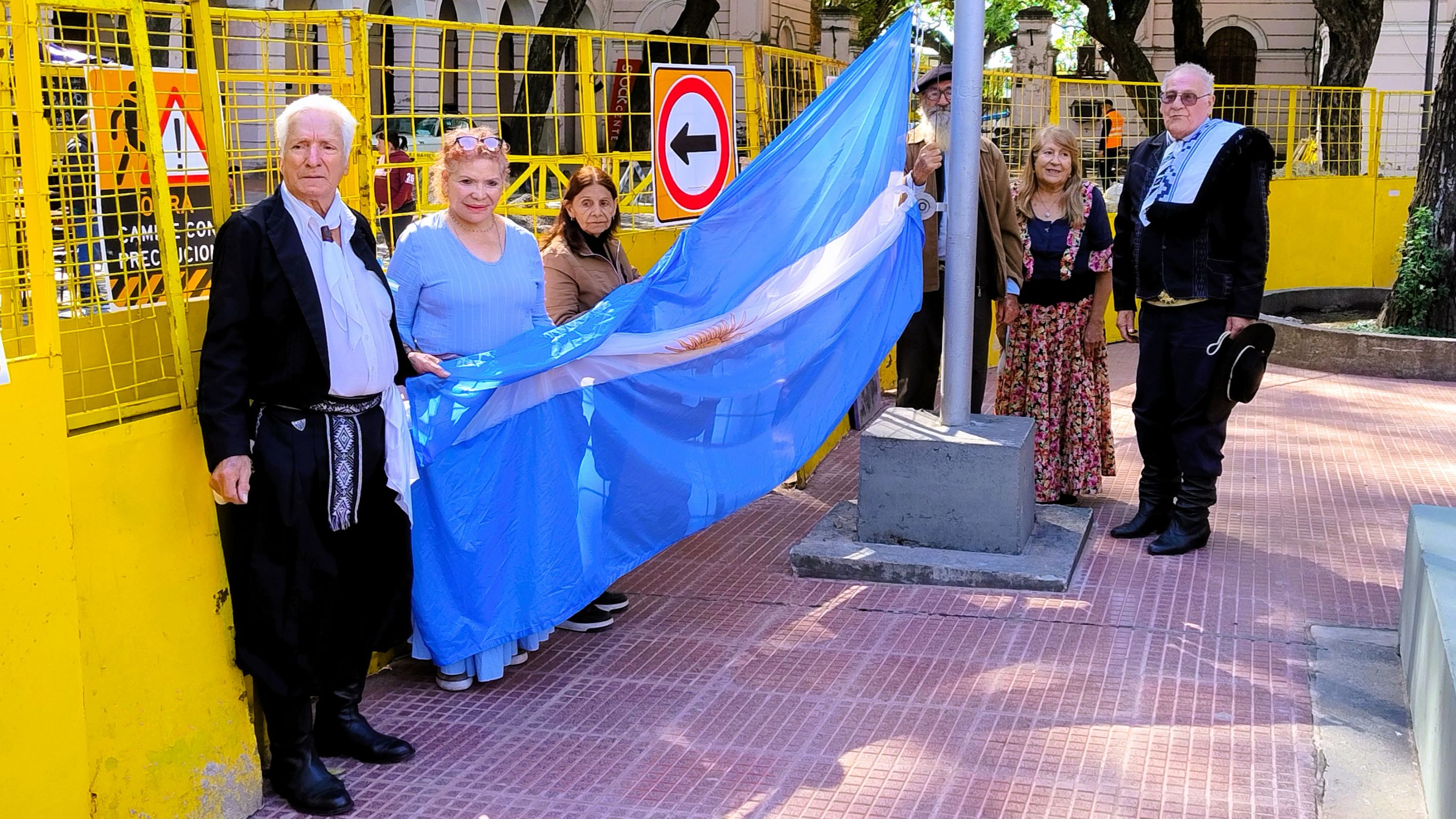 --- 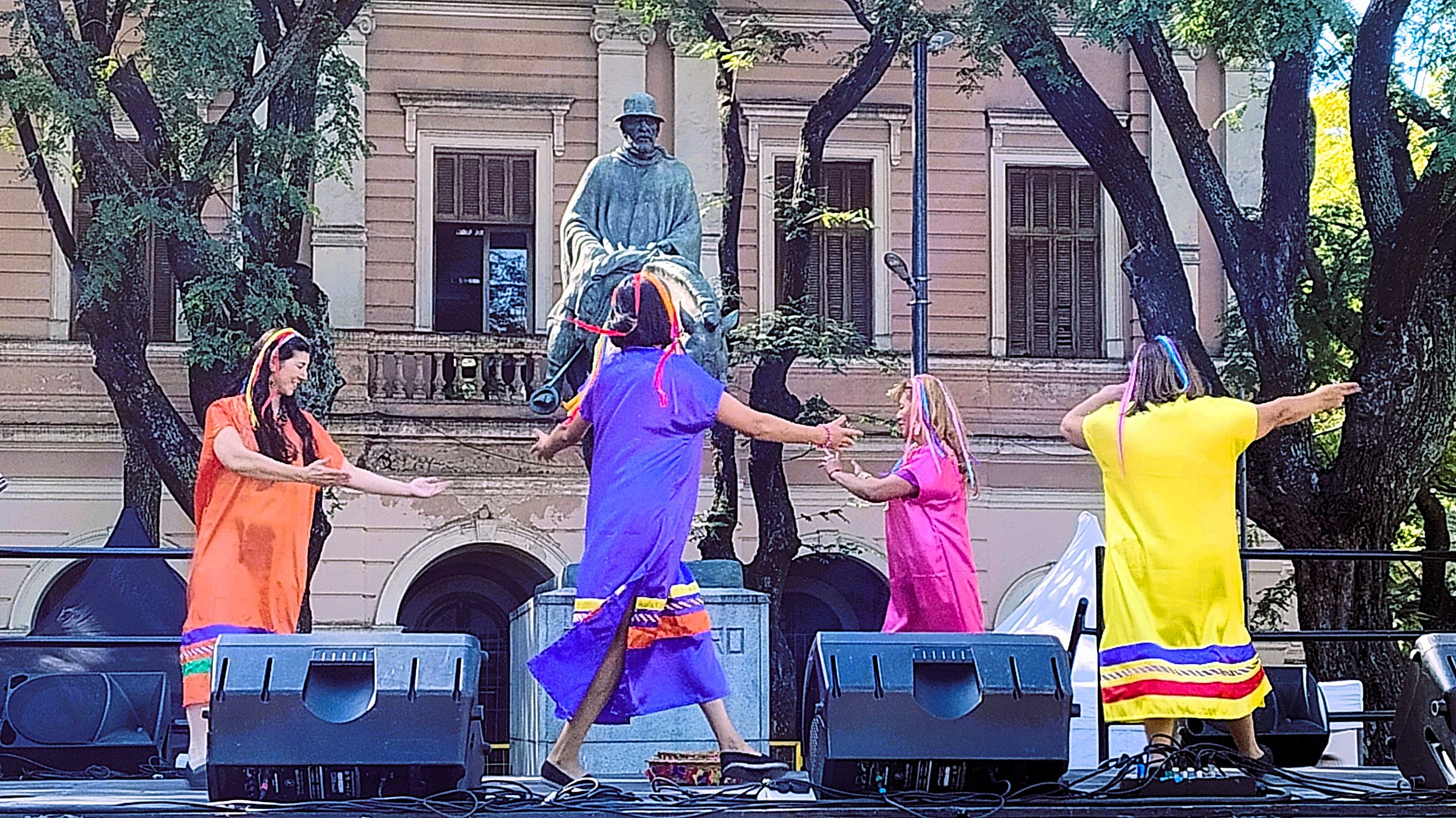 --- 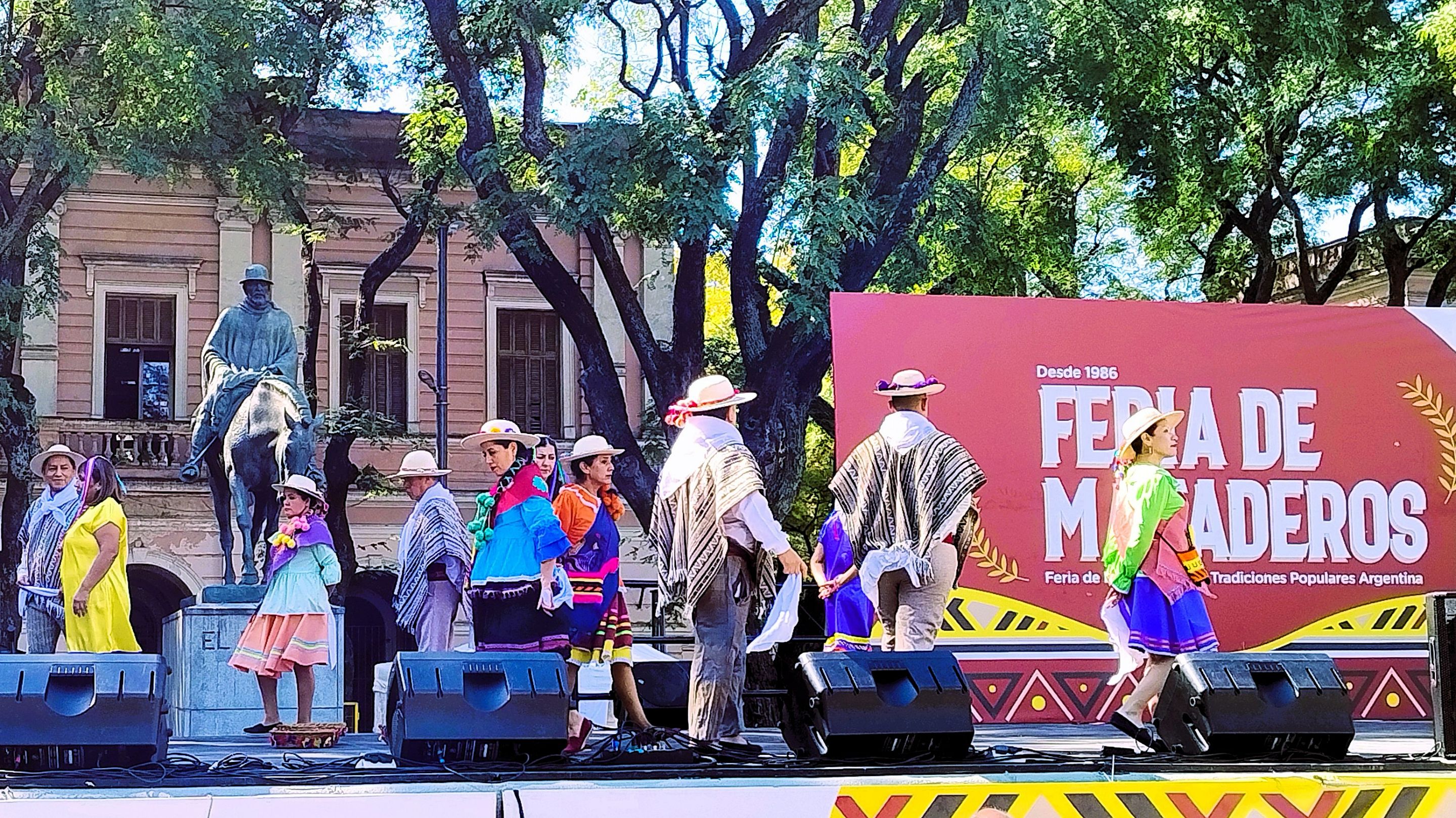 --- 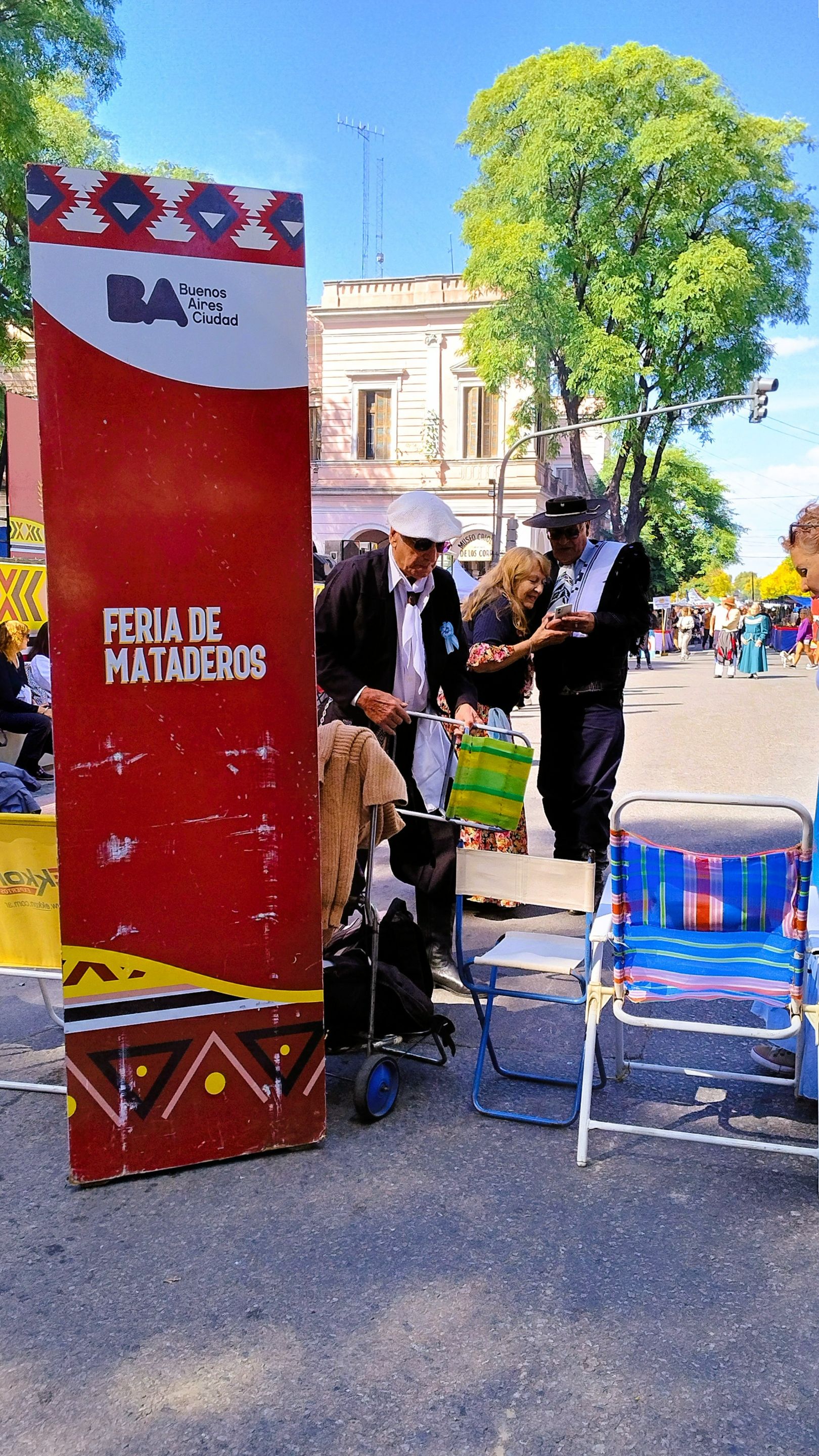 --- 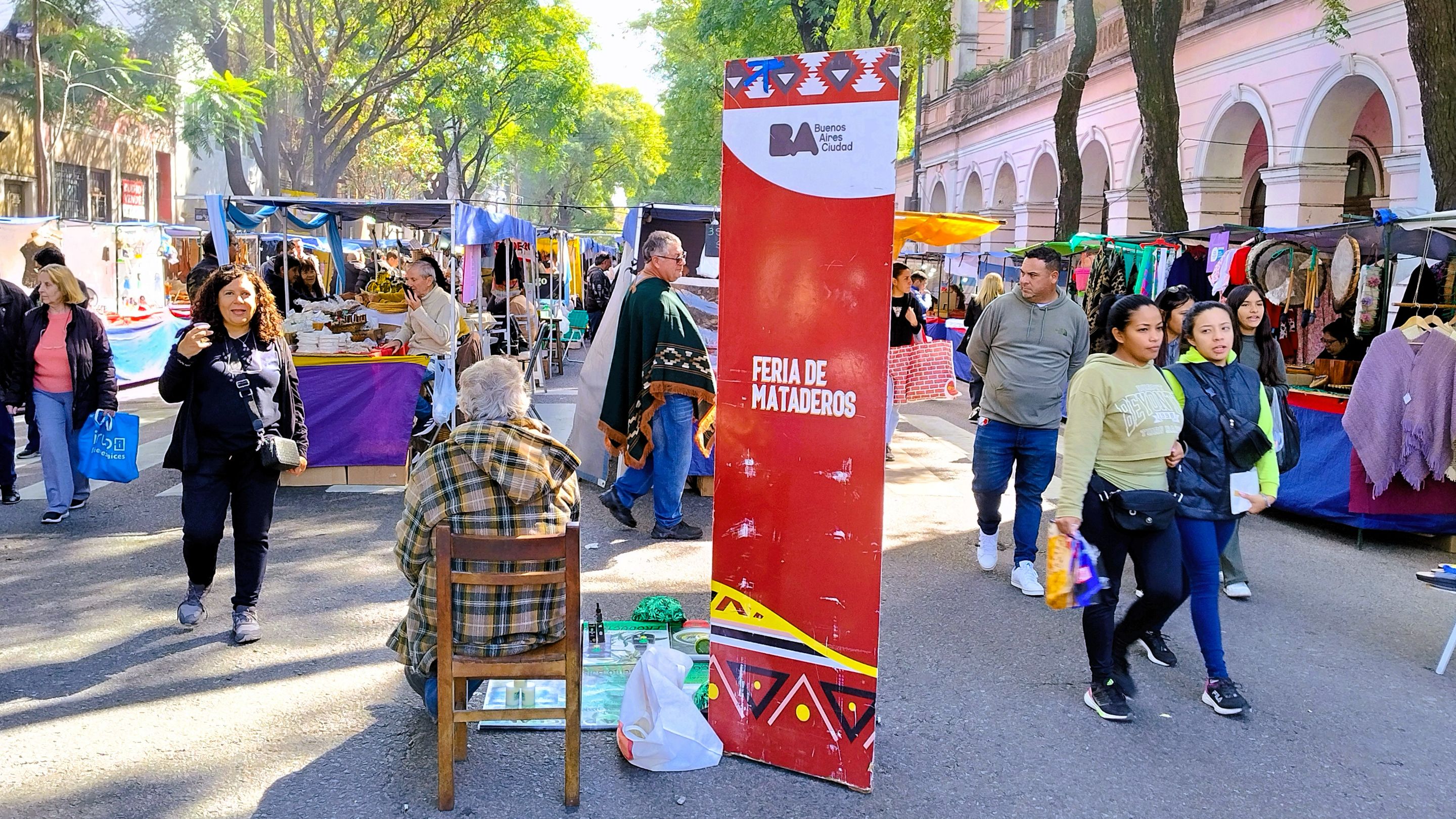 # 
ENGLISH VERSION (click here!)
Admission to the fair is free, since it is a public space reserved for these Sunday events, with support provided by the mayor's office of the city. The tour of the temporary kiosks is another attraction offered by the artisans of the province. When you see the richness of the natural products of the countryside, their quality and price, in addition to the artisan mastery offered by rural hands, you can't help but think about sustainability and economy. Firstly, because the lack of industrial ingredients in the products allows access to food or beverages without the evils of mass-produced products and secondly, because the objects offered are not only made to be used as souvenirs, but many of them have real utility, which reduces the pressure on the environment and contributes to return a value for the effort in the manufacture of each one of them.
---  ---  --- 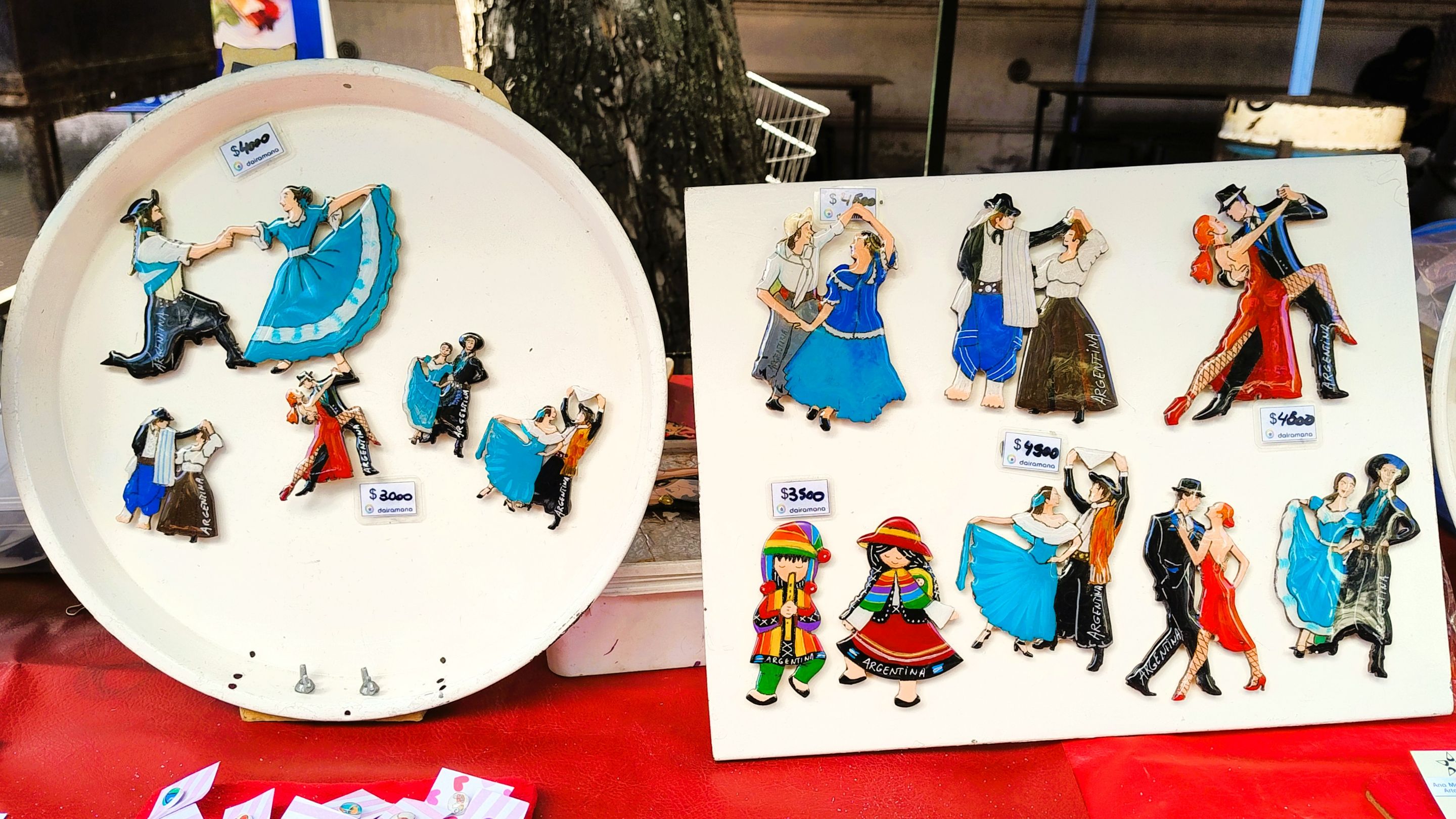 ---  --- 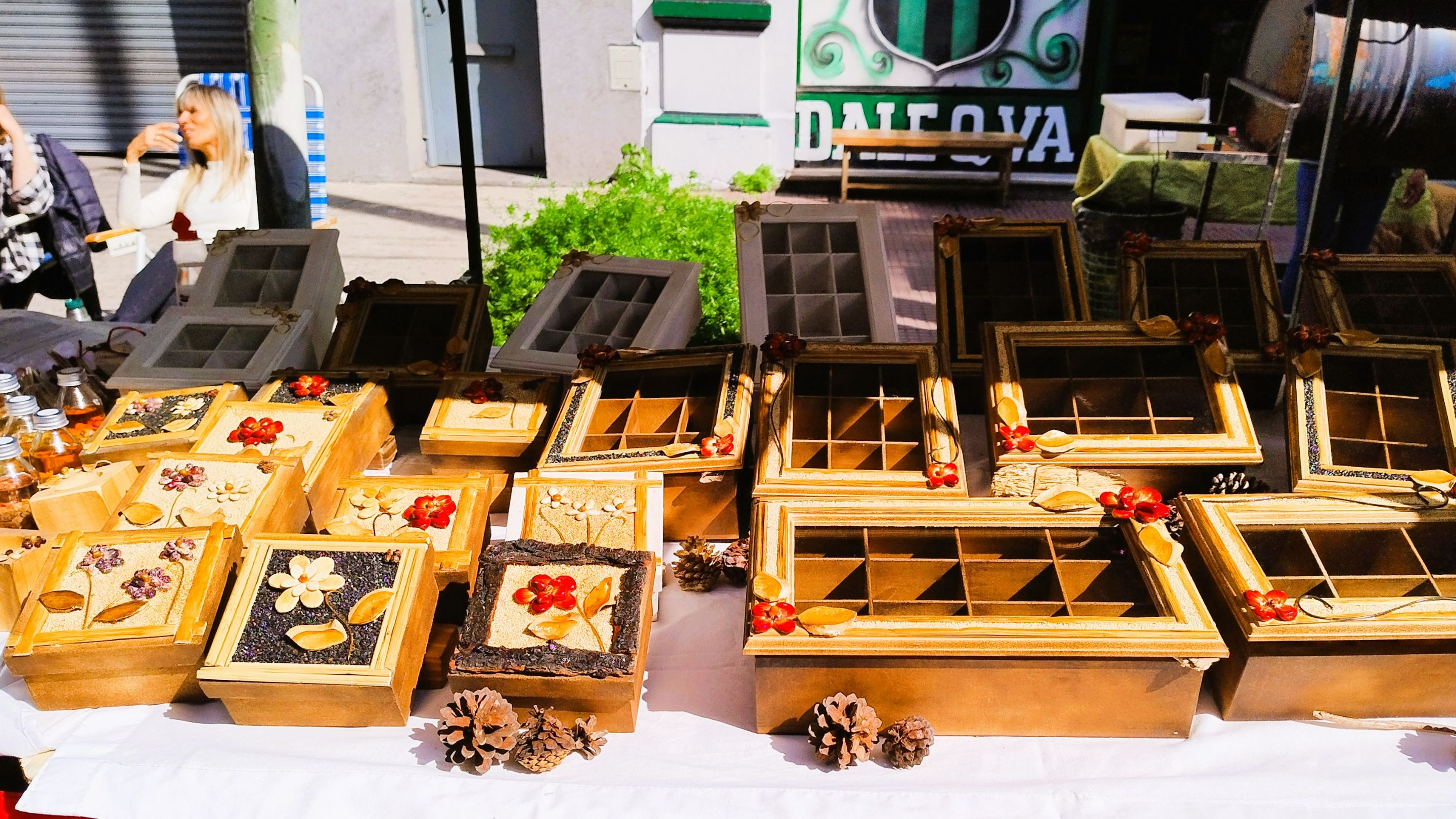 --- 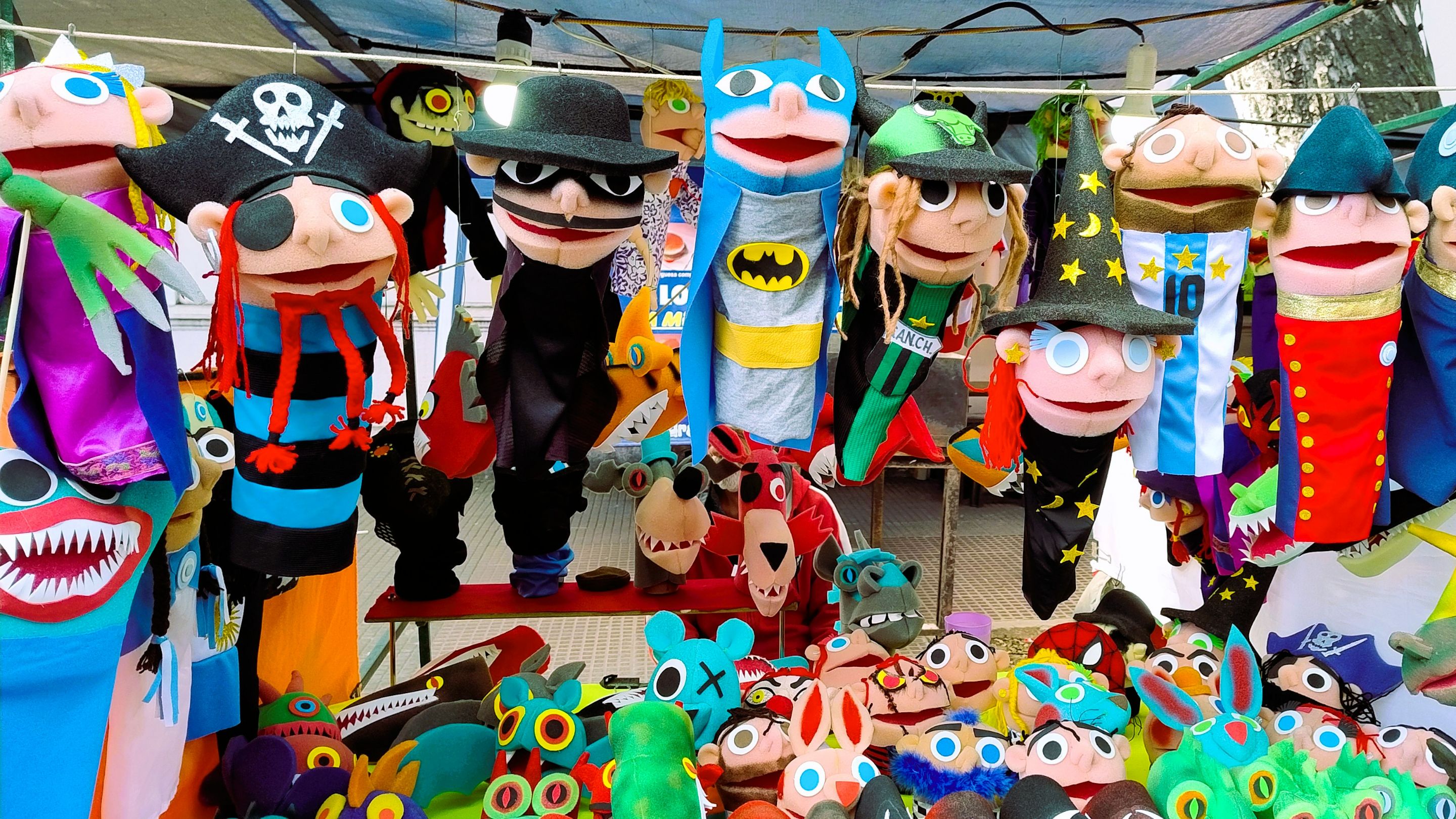 --- 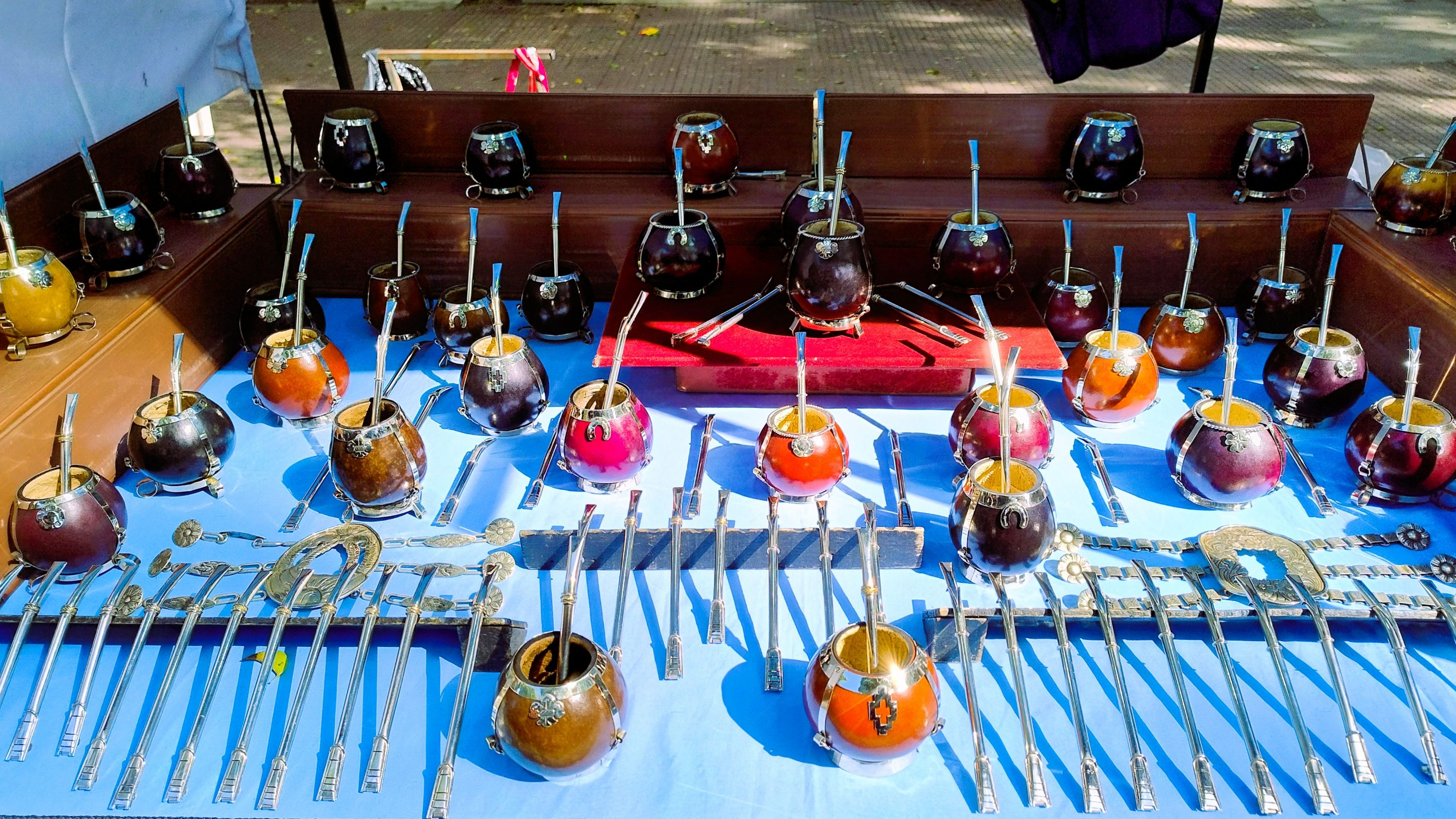 # 
ENGLISH VERSION (click here!)
Wood, yarn, beef horns, glass, paint, leather and a long etcetera of raw materials are transformed by skilled hands into useful products at very reasonable prices. We were struck by the difference in cost between cold cuts and cheeses (to cite an example) with what is offered in sausage stores in the city. The reality is that it is worth it and you will do a great favor to your pocket, if you approach to make a market of handmade and natural foods, buying in order to contribute to your own health. And as for the objects, well, there is one beauty after another, delivering quality and utility at low cost. It was a spectacular Sunday where we closed the tour eating a traditional country barbecue, accompanied by a Malbec wine and beer, for a price that we would have liked to be regular in restaurants. To tell the truth, the cuts were delicious but we tried others of better quality. All in all, you can never ask for something superior for a grill for four people for ARS$ 75,000 (US$ 70 approximately). It is worth the experience and on your next trip to Argentina, it is something to include on your list of places to visit. And you, dear reader, have you had a similar experience in your country? I'll read you in the comments.
--- # 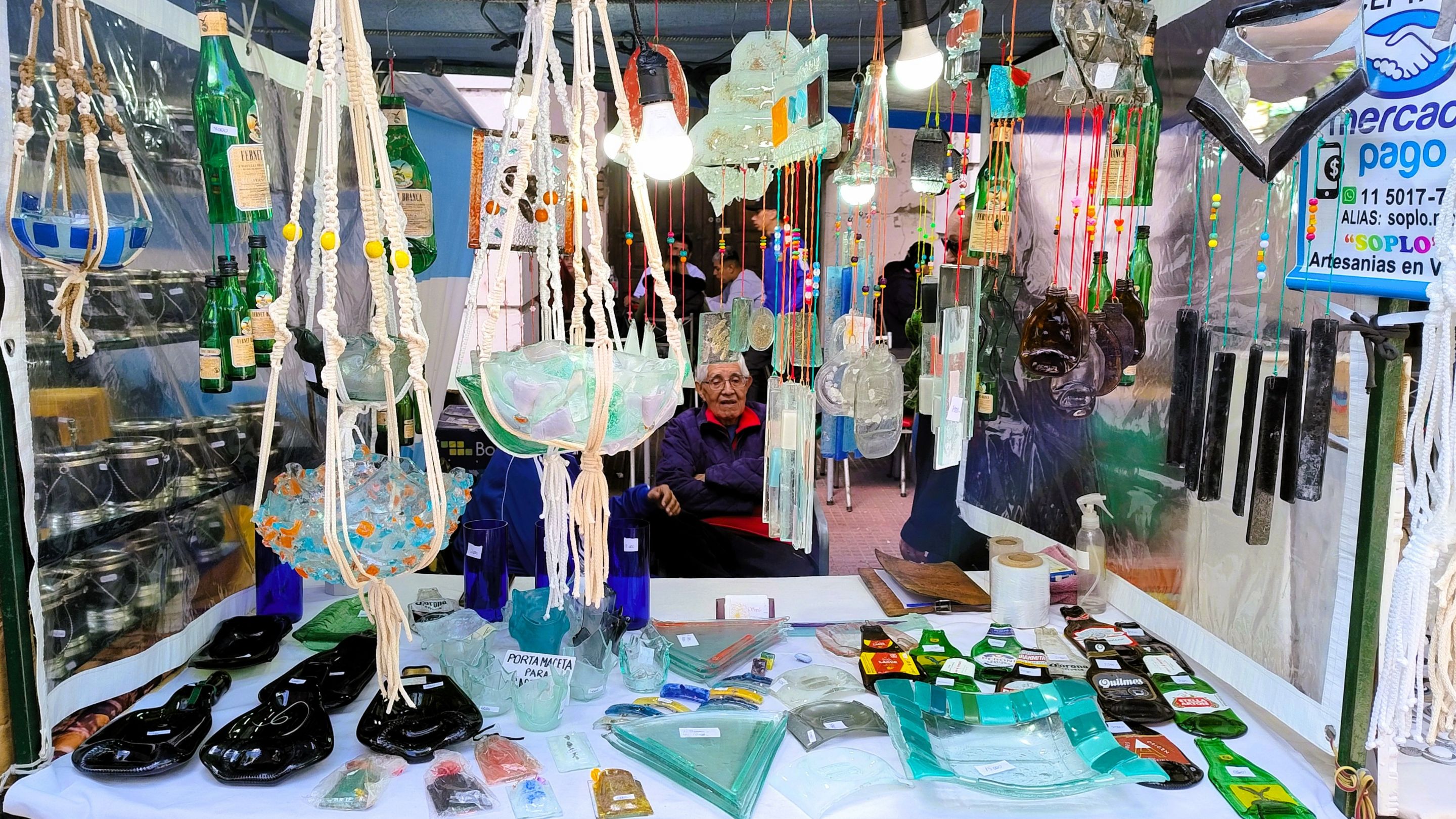 --- 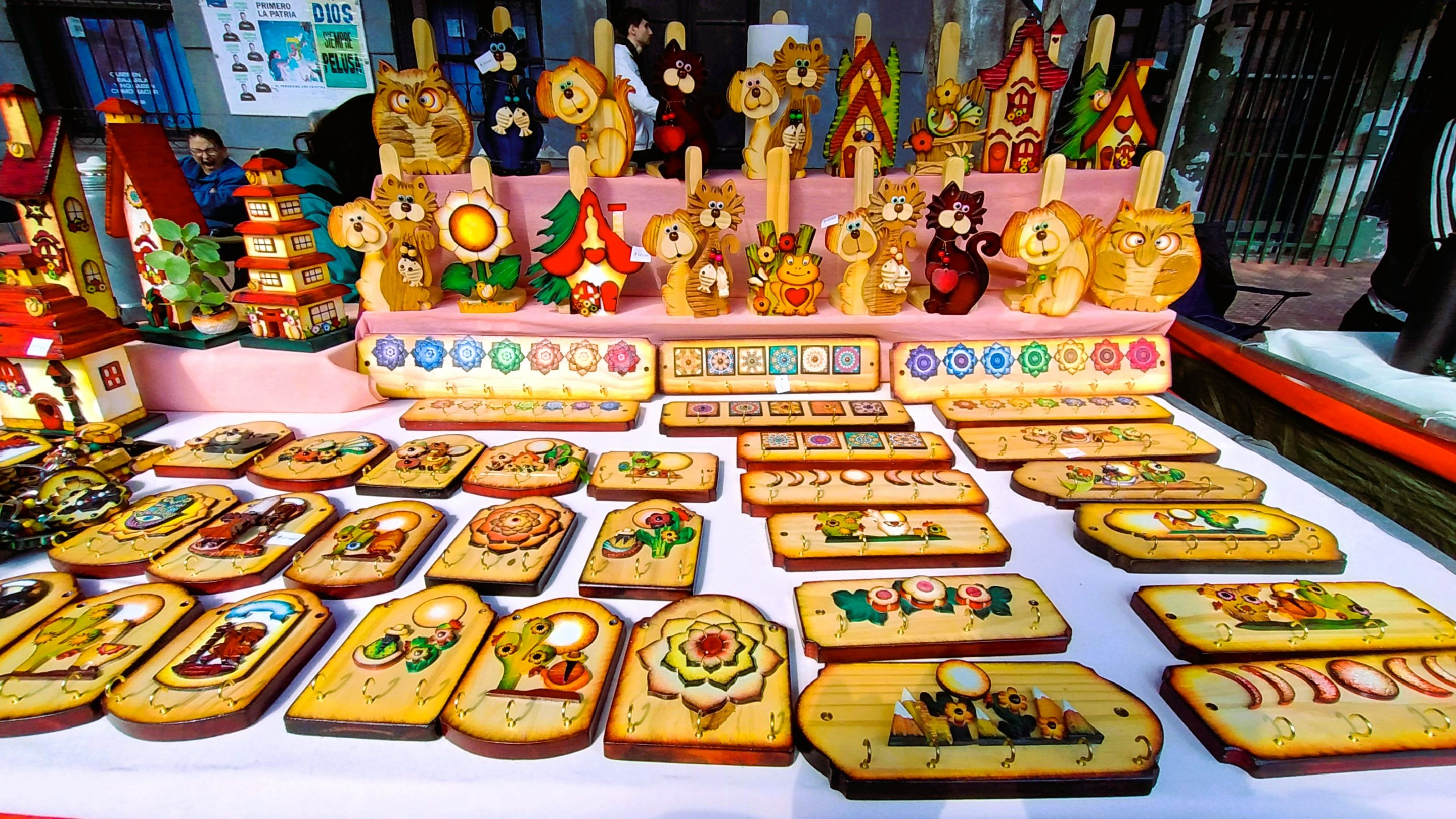 --- 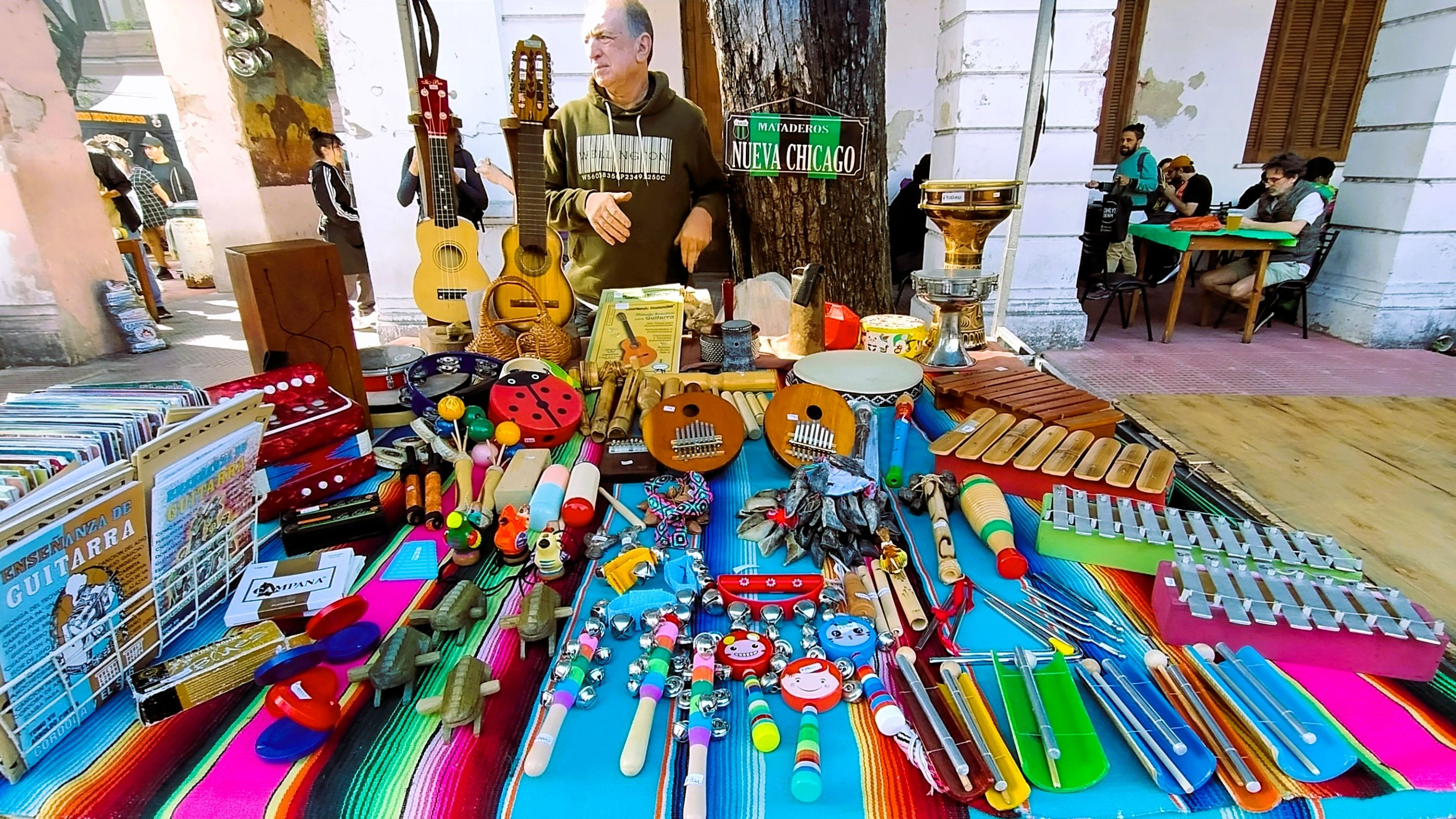 ---  --- 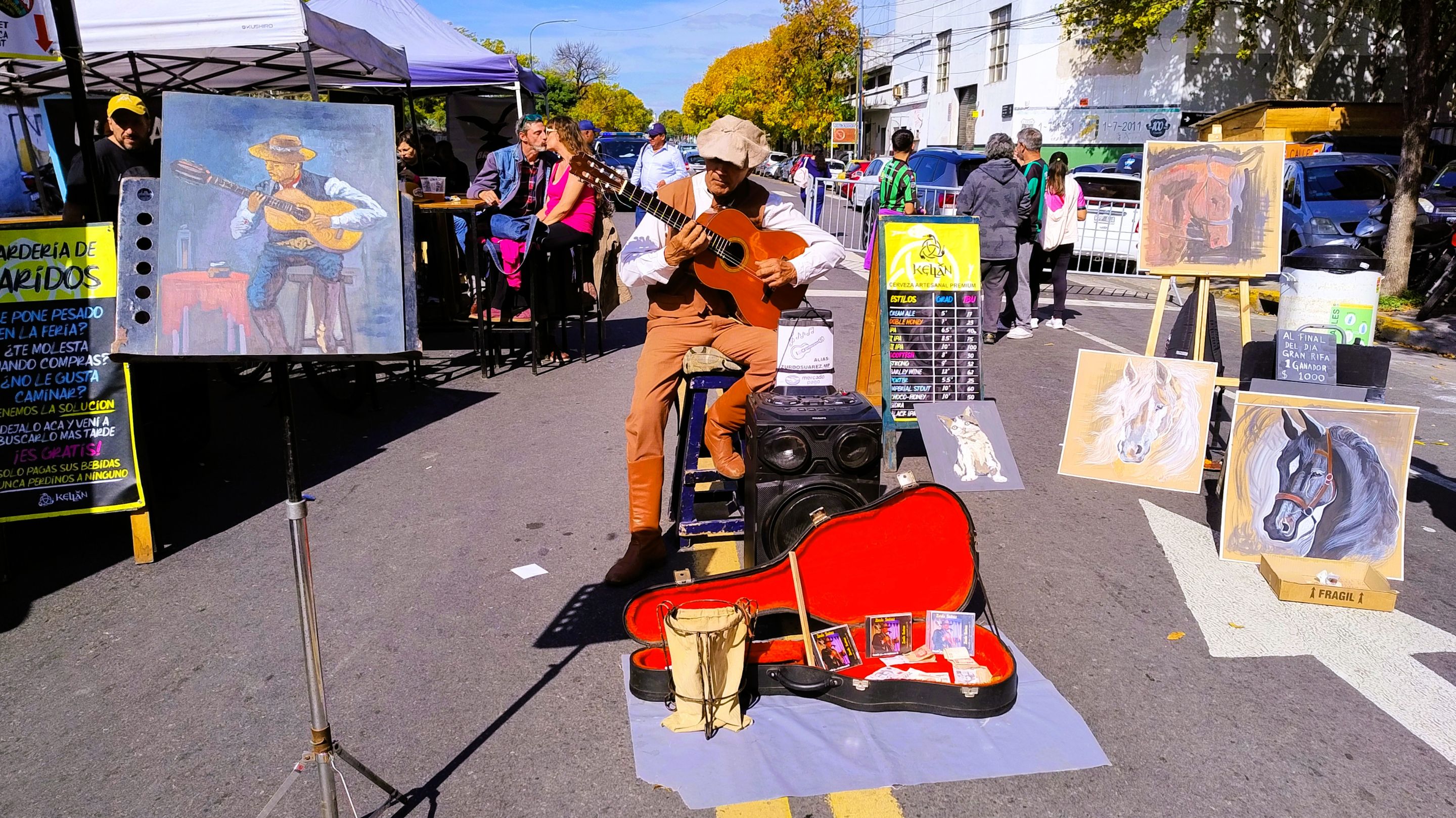 --- 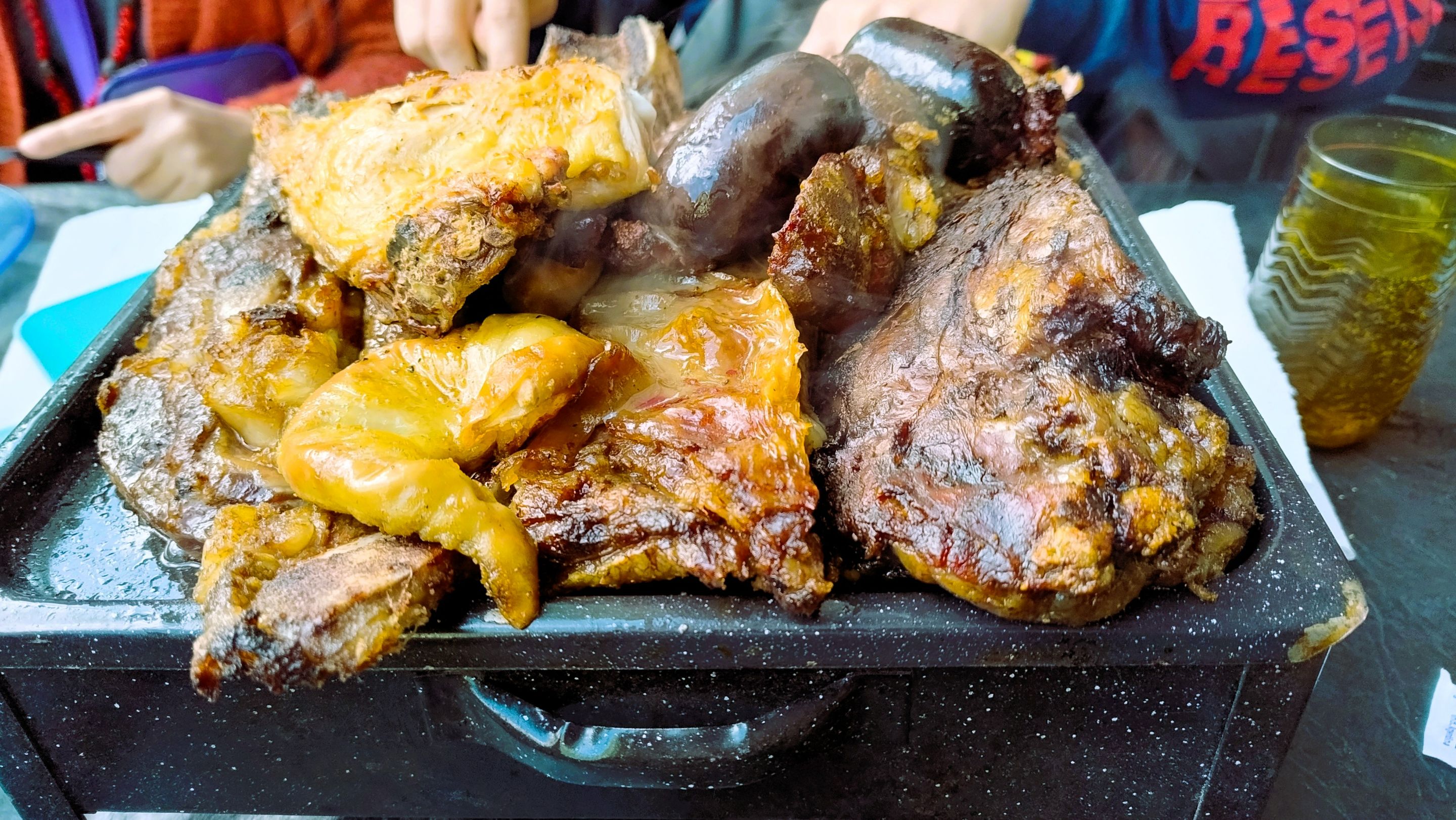 --- 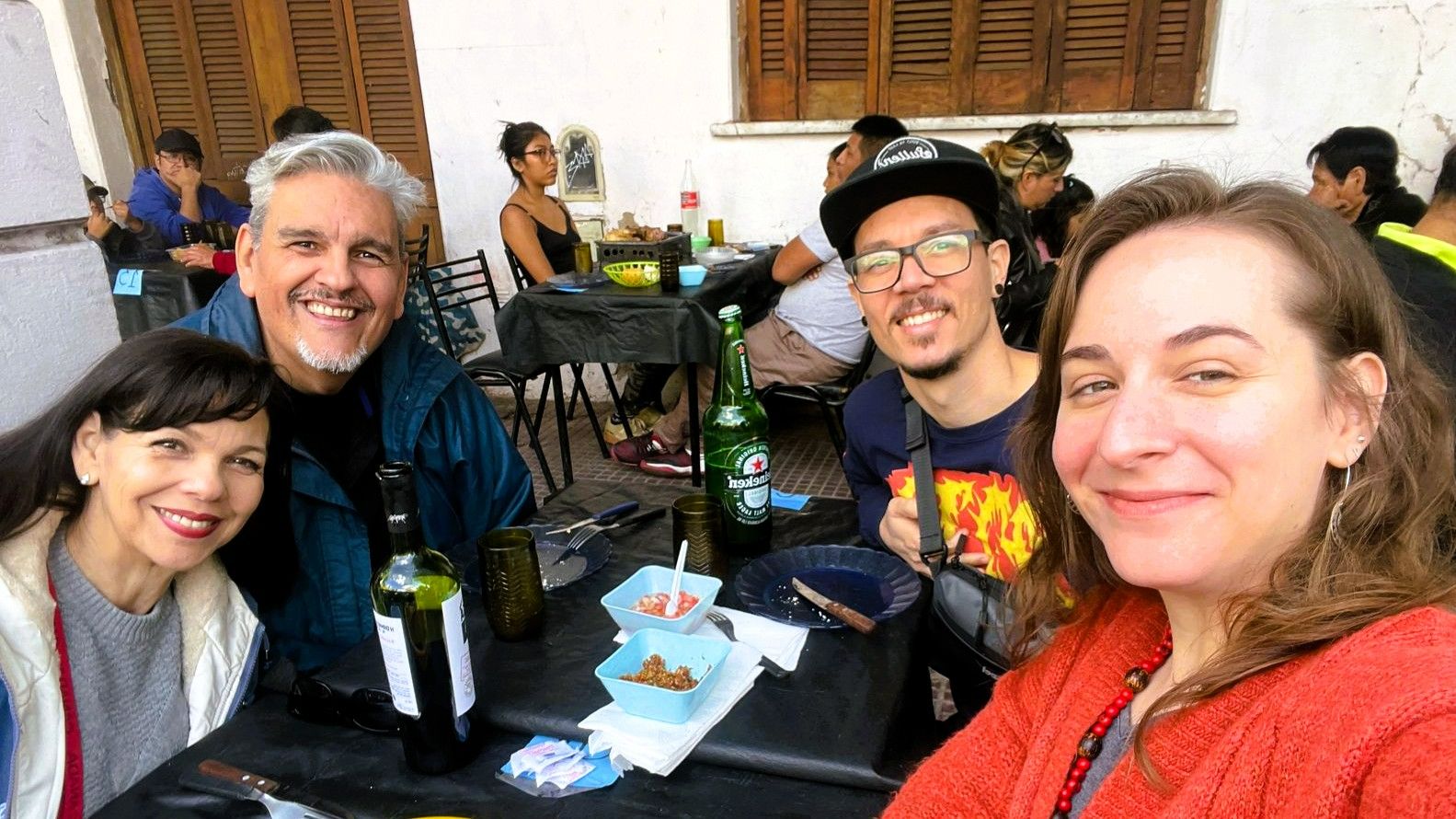 # 